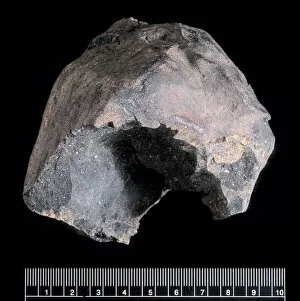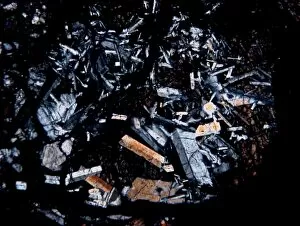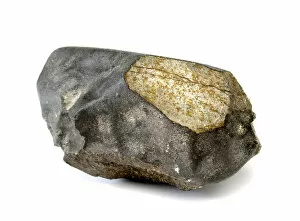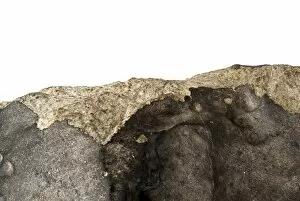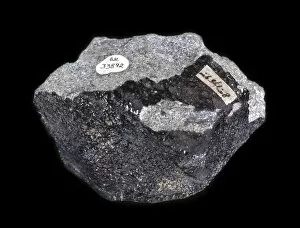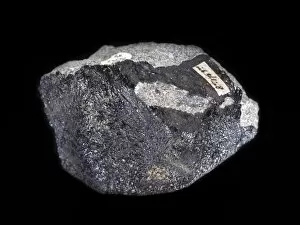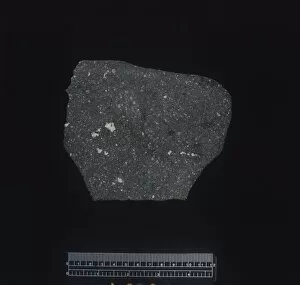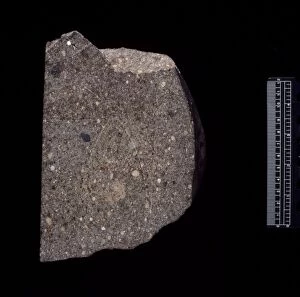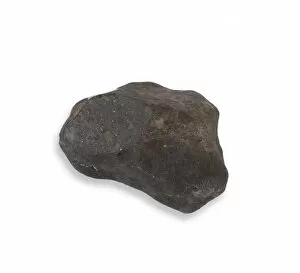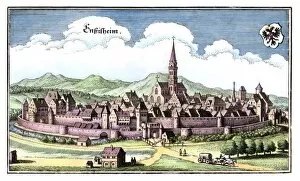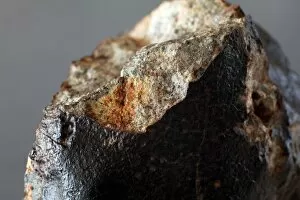Stone Meteorite Collection
The Murchison CM2 carbonaceous chondrite: a glimpse into the ancient origins of our solar system
All Professionally Made to Order for Quick Shipping
The Murchison CM2 carbonaceous chondrite: a glimpse into the ancient origins of our solar system. This stone meteorite, discovered in Australia, holds valuable insights about the building blocks of life itself. Its composition reveals organic compounds and amino acids, suggesting that these extraterrestrial rocks may have played a role in seeding life on Earth. The Wold meteorite: an extraordinary piece from outer space that captivates with its unique structure and mineralogy. Classified as an iron meteorite, it boasts a striking metallic sheen and is believed to have originated from the core of a planetesimal or asteroid. Its presence on Earth provides scientists with invaluable data about planetary formation processes. Behold the Pasamonte eucrite under the microscope. This stunning image showcases intricate patterns and textures found within this stone meteorite. Eucrites are thought to originate from large asteroids or even dwarf planets like Vesta, offering us glimpses into their geological history. Zooming in on the mesmerizing details of the Wold Cottage meteorite – every line tells a story etched by cosmic forces over millions of years. As one of Britain's most famous meteorites, it continues to fascinate researchers who study its composition for clues about our solar system's evolution. The Launton Meteorite: an enigmatic rock that fell from above, leaving behind awe-inspiring craters upon impact. With multiple fragments scattered across England's countryside, this stony-iron meteorite has piqued scientific curiosity for decades due to its rare combination of materials. Marvel at the intricacies captured within this close-up shot of another Launton Meteorite fragment – each groove represents countless journeys through space before finding its way onto our planet’s surface. These celestial visitors remind us how interconnected we are with distant corners of our universe. Gazing upon yet another captivating Launton Meteorite specimen - nature's masterpiece forged amidst cosmic chaos.

